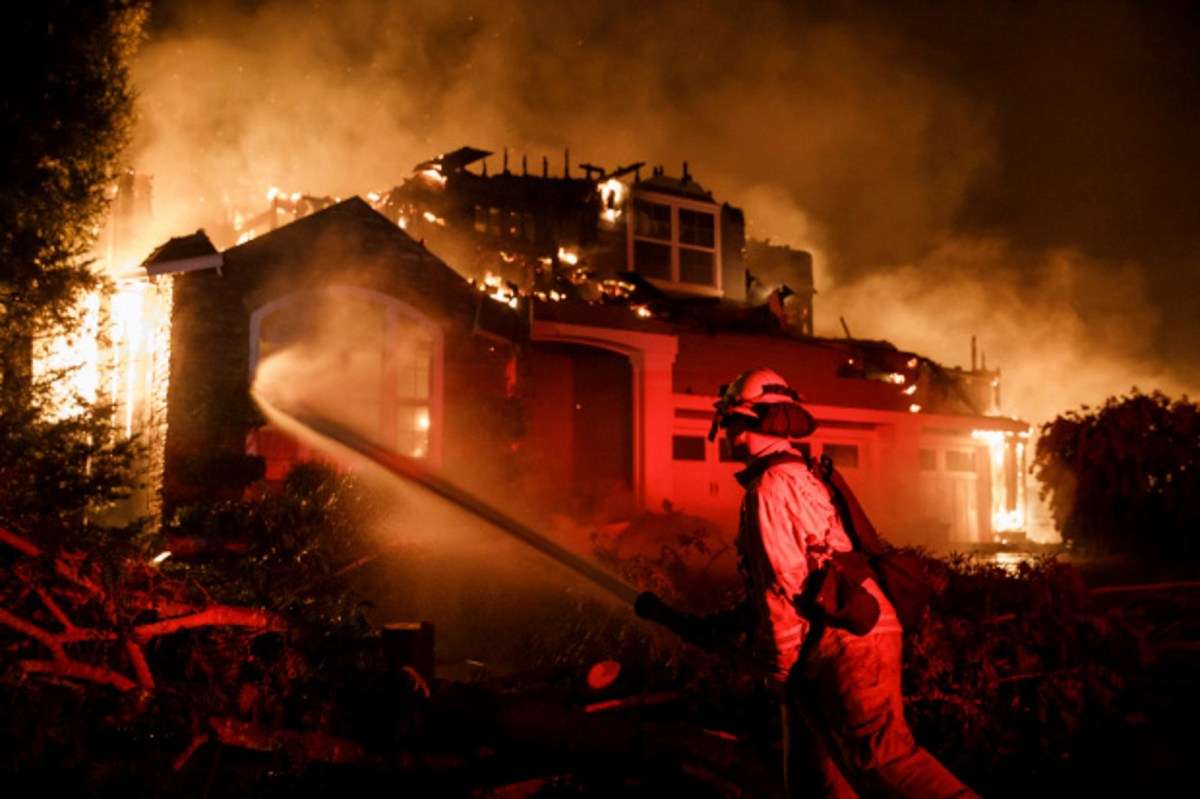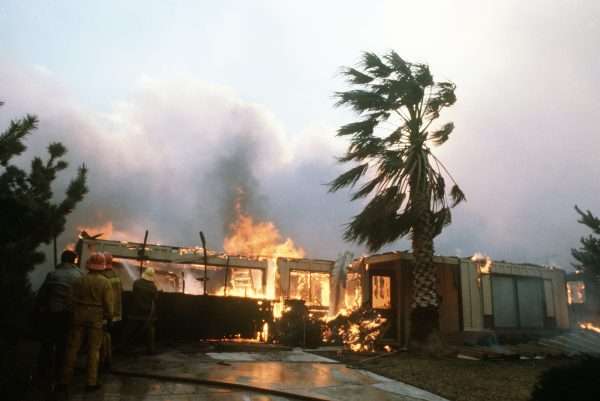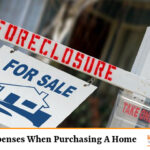Does Homeowners Insurance Cover Fire?
March 4, 2023
Does Homeowners Insurance Cover Fire? When you buy a house, you’ll need home insurance to protect it against a range of unexpected events that could cause damage. In most cases, your homeowner’s insurance policy will pay repairs if your home is damaged in a fire. However, if you live in a high-risk area for fire destruction, you may need to acquire a separate wildfire insurance policy.
Here’s a breakdown of what repairs your homeowner’s insurance likely covers in fire-prone areas to help you prepare for unforeseen wildfire damage and evaluate if you’ll need to acquire a separate wildfire insurance policy.
Also, Read: Benefits of Working with a Local Home Insurance Agent
In most cases, your homeowner’s insurance policy will cover fire damage, including wildfires. If your house is damaged by a wildfire, your policy will usually cover the cost of repairing or rebuilding your home and other structures. Temporary housing, replacement of items, and landscaping restoration may all be covered by some insurance policies. The cost and scope of coverage, however, might vary depending on the policy and the wildfire risk in your area.
Also Read: What Is the Legal Description of Property?
Your belongings are covered under personal property coverage. Appliances, furniture, art, clothing, recreational equipment, tools, and electronics, among other things, may be covered by your insurance policy. The limits for this policy are typically set at 50% to 70% of your home coverage.
Other structures coverage allows you to replace items that aren’t related to your home. Sheds, fences, and a detached garage are examples of these. Typically, this coverage is determined as a percentage of your housing coverage. For example, if your other structures coverage is set at 10% of your dwelling coverage and you have $350,000 in dwelling coverage, your other structures coverage is limited to $35,000. If you’ve recently added any structures to your property, such as an in-ground pool or gazebo, it’s a good idea to examine and renew your policy to ensure you have appropriate coverage.

Dwelling coverage, coverage for other structures on the property, and personal property coverage are the three types of coverage provided by homeowner’s insurance. Here’s what you might be insured for if your policy includes fire damage coverage:
Dwelling coverage normally covers the cost of replacing or rebuilding the home’s physical structure as well as any associated structures such as a garage or deck. Your policy will set restrictions on how much it will pay to rebuild your complete house, based on a formula that takes into account materials and labor costs in your area. Keep in mind that labor prices have just risen dramatically. As a result, it’s a good idea to double-check your policy to make sure you’re covered at the current labor and material rates in your location.
Your property’s trees, shrubs, plants, and lawn may be covered by your homeowner’s insurance. If your insurance includes landscaping coverage, it usually covers a proportion of the value of your home. For example, if you have 10% coverage for these items and $175,000 in dwelling coverage, you may replace your landscape for up to $35,000. Because coverage frequently has limits, it’s wise to find out exactly what your policy covers.
Additional living expenses coverage may be included if you experience “loss of use” as a result of being unable to remain in your house due to wildfire damage. This coverage may pay for expenses such as a hotel stay, pet boarding, restaurant bills, and even laundry services, depending on your insurance. This coverage may also apply if local authorities order you to evacuate.
While many homeowner’s insurance policies cover fire damage, this may be contingent on your area’s fire risk. Some insurance companies may raise deductibles, charge higher rates, reduce payments, or refuse to provide coverage to residences in high-risk zones. You’ll need to obtain a separate wildfire insurance policy if your insurance company refuses to cover fire damage.
If you’re seeking wildfire insurance, you might be able to get coverage from a premier carrier. Homeowners who have been denied coverage by a traditional house insurance company might turn to surplus line carriers for help. Surplus line policies are typically more expensive than standard homeowner’s insurance.
Also Read:: How to Buy Your First Rental Property
For residences worth more than $1 million in high-risk fire locations, premier carriers typically offer insurance policies. Loss prevention and private firefighting services are usually included in this insurance. Surplus line or premier carriers may be the best option for protecting your house if you require wildfire insurance.
If you can’t get homes insurance in your neighborhood, your state’s Fair Access to Insurance Requirements Plan may be able to help. The FAIR plan provides insurance to homeowners in high-risk areas who are unable to obtain normal homeowner’s insurance. Keep in mind that FAIR insurance policies are not always less expensive than standard homeowner’s insurance, and they often have fewer benefits.
Related Articles:




